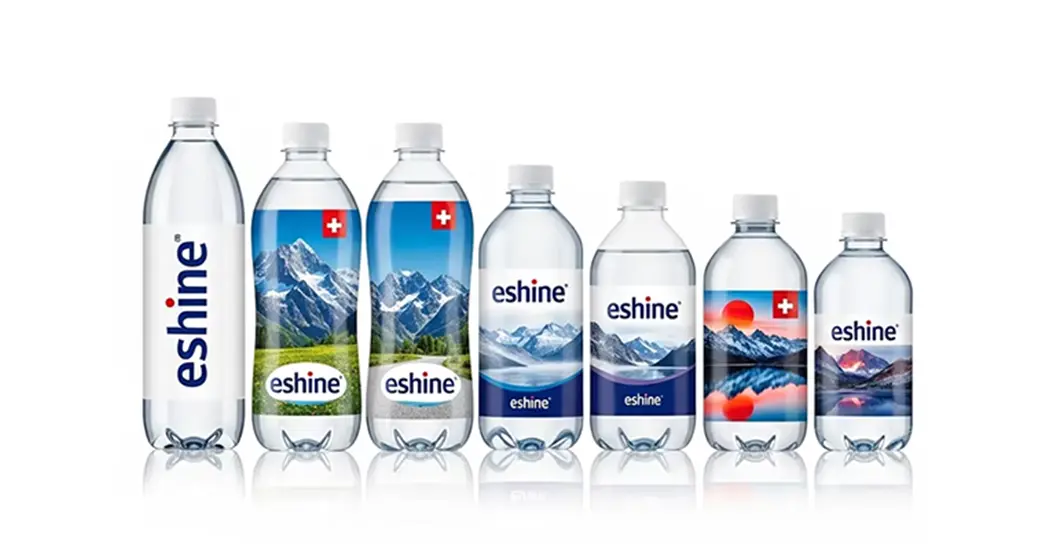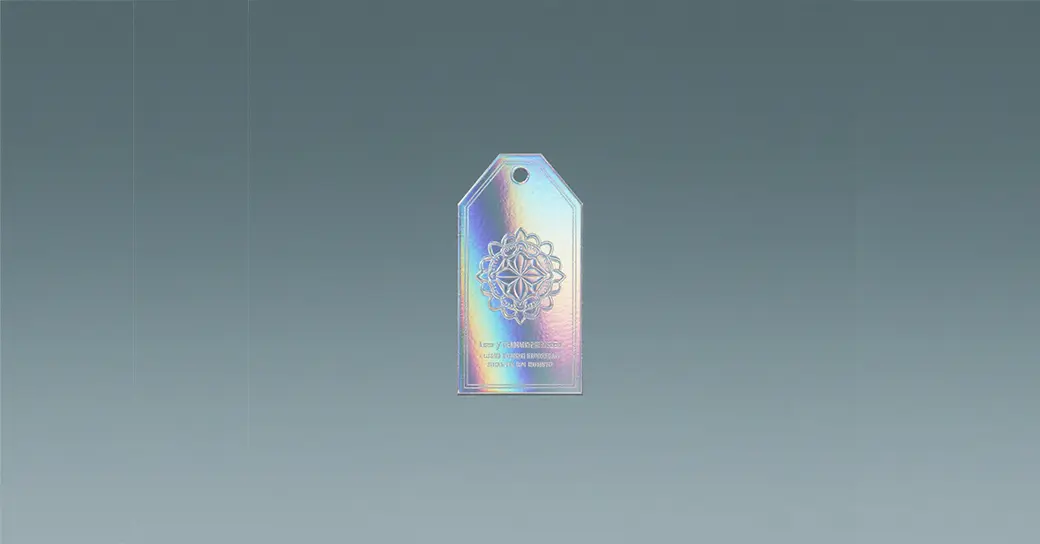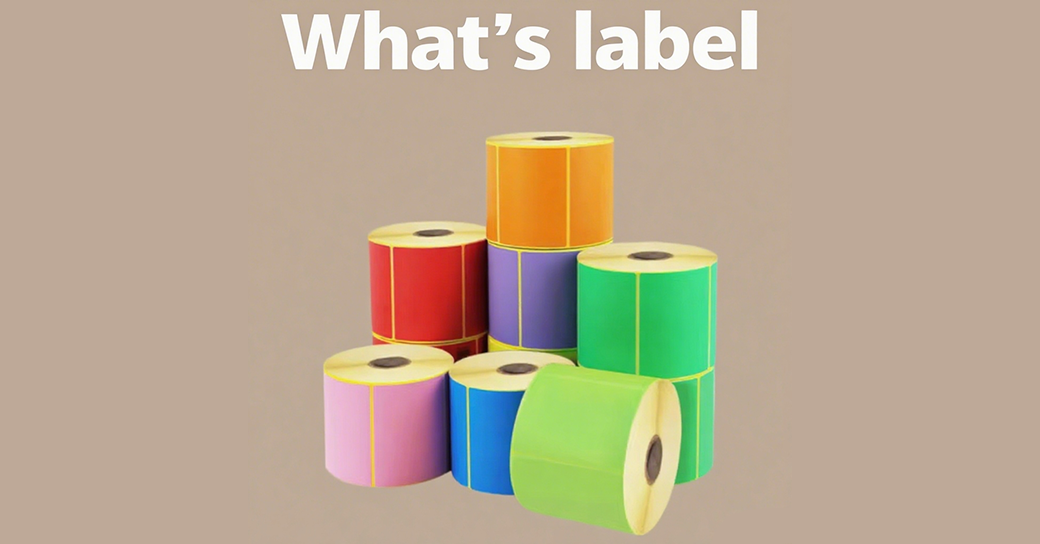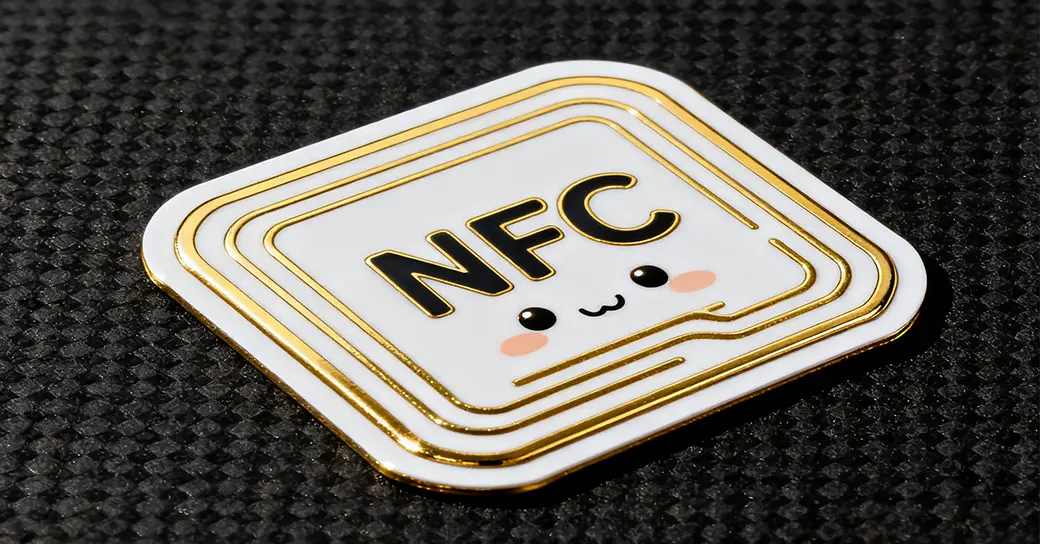The traditional notebook market is undergoing changes, with customization and environmental protection becoming new trends
In an era of rapid growth in electronic products, notebooks, as a traditional writing tool, are undergoing profound changes and exhibiting unique development trends.
In recent years, the market for customized notebooks has seen a surge in demand. Schools, businesses, and other institutions are favoring customized notebooks to highlight their unique characteristics. Customized notebooks for businesses, printed with brand logos and slogans, are used as business gifts, offering both practicality and brand recognition. Customized notebooks for schools, for student use, can incorporate campus culture and enhance students' sense of belonging. According to market research firms, sales of customized notebooks have grown by over 15% annually over the past two years and are expected to maintain double-digit growth over the next three years. Deli, a domestic stationery brand, has seen rapid growth in its customized notebook business. By integrating online and offline channels, it offers convenient customization services, continuously shortening the design-to-delivery cycle, and has received positive customer reviews.
The growing awareness of environmental protection is driving the rise of the eco-friendly notebook market. Consumers are increasingly choosing notebooks made from environmentally friendly materials, such as recycled paper and plant-based inks. These notebooks not only reduce their negative impact on the environment, but some also offer unique textures and visual appeal. For example, notebooks made from bamboo fiber paper have a unique texture and smooth writing experience. Currently, the penetration rate of eco-friendly notebooks in the overall notebook market is approximately 10%, but growth is strong. Paperblanks, an internationally renowned brand, has long focused on the research and development of eco-friendly notebooks, and its products are highly popular in the European and American markets. The brand collaborates with environmental organizations to continuously optimize its production processes and enhance its environmental performance.
At the same time, innovation in notebook design and functionality is accelerating. To meet the needs of diverse writing scenarios, notebook page designs are becoming increasingly diverse. Beyond the standard lines, grids, and blank pages, there are also dot-matrix pages suitable for drawing and weekly planners for convenient schedule tracking. Some notebooks are adding storage features, such as built-in pockets for receipts and memo pads. Some high-end notebooks utilize a special binding process that allows the notebook to lie flat 180 degrees, making writing more comfortable.
In terms of the competitive landscape, the market is becoming increasingly fierce. Traditional stationery giants, leveraging their brand and distribution advantages, have secured a significant market share. For example, M&G Stationery has an extensive domestic sales network and a broad product range, covering notebooks across all price ranges. Emerging brands are breaking through through differentiated competition, focusing on specific market segments. For example, brands specializing in notebooks for artistic creations are attracting artists, designers, and other professionals with high-quality paper and unique cover designs. Furthermore, cross-industry collaborations are injecting new vitality into the industry. Jointly launched products by fashion brands and notebook manufacturers combine stylish design with practical functionality, appealing to young consumers who value individuality.
Looking ahead, the notebook market for writing will continue to grow. As consumers' demands for product quality, personalization, and environmental friendliness continue to rise, notebook manufacturers need to increase R&D investment, innovate product design and production processes, meet diverse market demands, and seize development opportunities amidst fierce competition.













